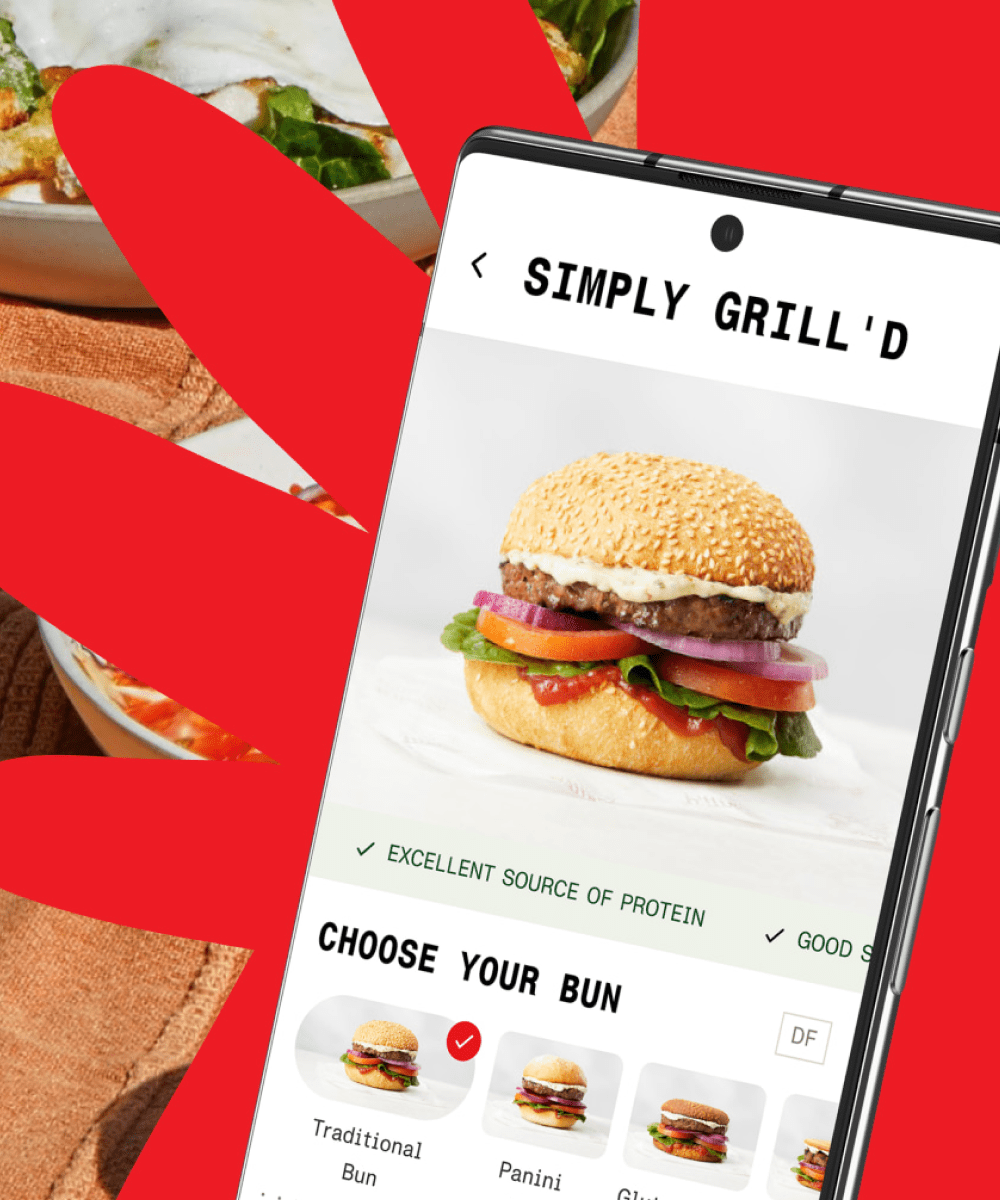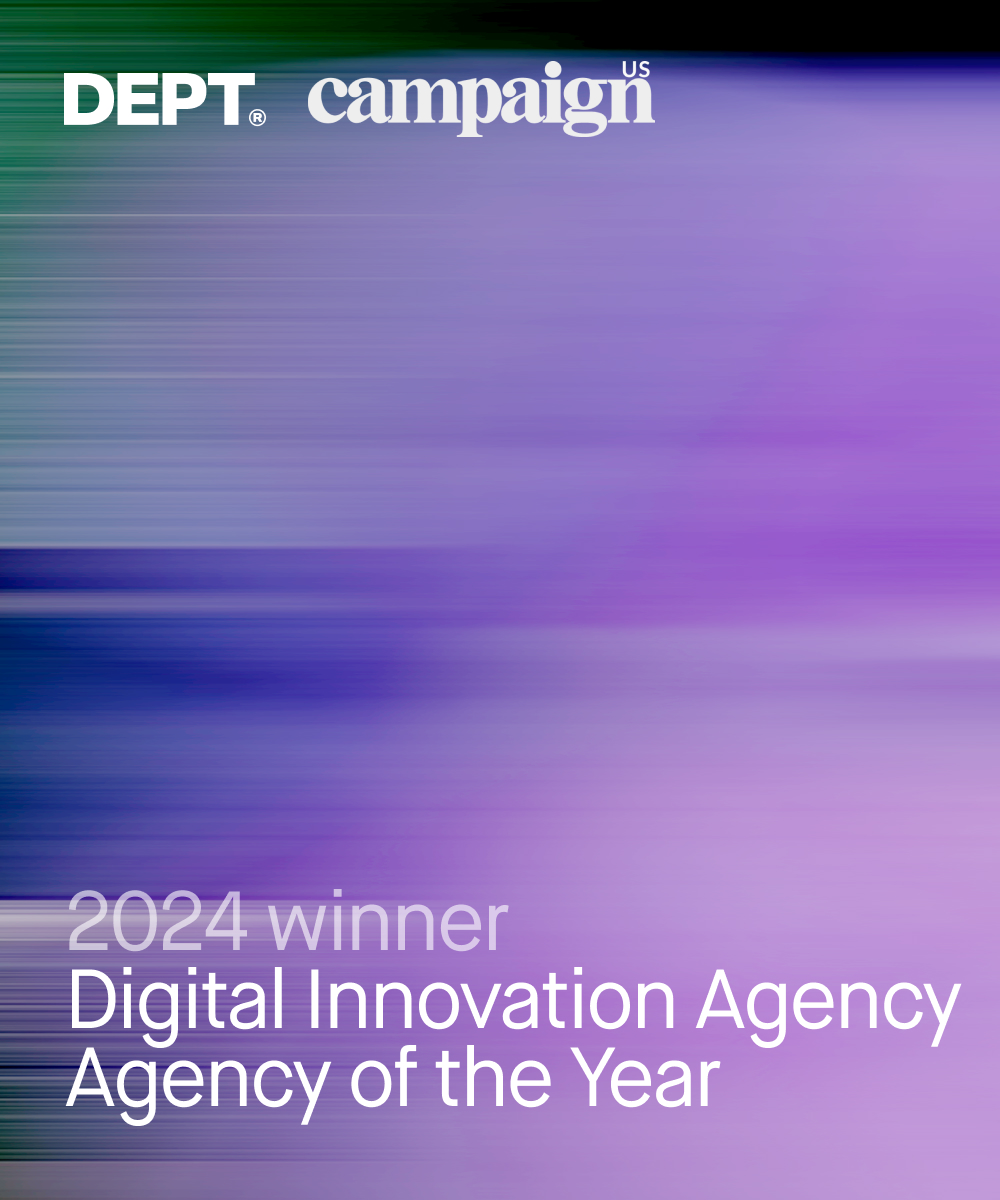In 2025, Millennials and Gen Z will make up 90% of the workforce. Young people have high expectations for ads themselves, as well as where and how they are presented. New demands call for a new type of agency. This new agency needs to enable brands to be nimble and innovative, to take value-inspired risks, and to ensure the quality of the 360 brand experience, not just the quality of a 30-second ad.
Historically, technological revolutions have changed brands, and nothing has changed the brand landscape like the digital age. We have now reached a point where digital is embedded in people and society. We see this in everything from advances in AI and robotics to more practical integrations like scooters and autonomous vehicles and entirely new social concepts like “influencers.” Rapid innovation is the new normal for younger generations, and that means we need to change the way we make things for brands–fast.
Coca-Cola was once the number one brand. However, they’ve taken on the role of a legacy act in music, like The Beatles or The Rolling Stones. Older generations love them, and though younger generations are aware of them, their popularity can never return to that same level. In the new millennium, we’ve seen tech giants climb far past Coca-Cola’s 20th-century dominance. This is because younger generations don’t view brands the same way; they expect rapid innovation, and new flavours of Diet Coke are not enough to keep them on board (let alone counteract younger people’s knowledge of soda’s harmful effects).
Bold choices
To keep up with the times, some brands are making strong, even risky choices to stand out and give young people something to latch onto. One example is Nike’s choice to include Colin Kaepernick as its focal point for a new ad campaign, inviting you to “believe in something, even if it means sacrificing everything.” While President Trump disagreed with the message and some responded by burning sneakers, the financial results speak for themselves: Nike’s stock went up 7%, sales went up 30%, advertising went up 61%, and value index increased by 3 billion. In other words, young people noticed, and the risk paid off.
This doesn’t mean that Millennials and Gen Z can be easily bought with the help of a controversial spokesperson or brand partner. The nuances of these generations are difficult to place, and might even contradict each other. For example, vegetarianism and environmentalism are popular, but so is Marlboro. What this means is what is “cool” cannot be simply explained, but instilling the right perception of a brand can make all the difference. This is what Nike did, and Ikea as well with their PRIDE ad. The key is being bold and subversive, but in a way that still aligns with your brand values, because they can tell if you’re faking it.
Ultimately, the goal of any brand should be to provide 360 engagement or an experience that is consistent from ad to purchase. Take the Adidas ad featuring NBA star James Harden. It’s a relatively simple ad; James gives a motivational speech straight into the camera making it seem as if he’s talking directly to you. What is he selling? Adidas apparel. Thus, if you search for the hoodie he was wearing, you can easily find it online. But the model is unfortunately quite small. This is an example of a brand falling short of the 360 experience. If James Harden (who is 6’ 5” 220 lbs.) is wearing the hoodie, it can’t possibly be too small. The brand experience is great, but the total experience is not.
Creating new brand experiences
So what is the modern brand experience? Brands that survive in this Millennial age cut through the noise by rapid innovation, aligned values, and contextual 360 experiences. They must be willing to adapt to the quickly changing times we live in, and this constant adaptation needs to become a normal part of any agency’s operations. Only then can they stand a chance to keep up, stand out, and attract younger generations.
More Insights?
View all InsightsQuestions?
Executive Creative Director





